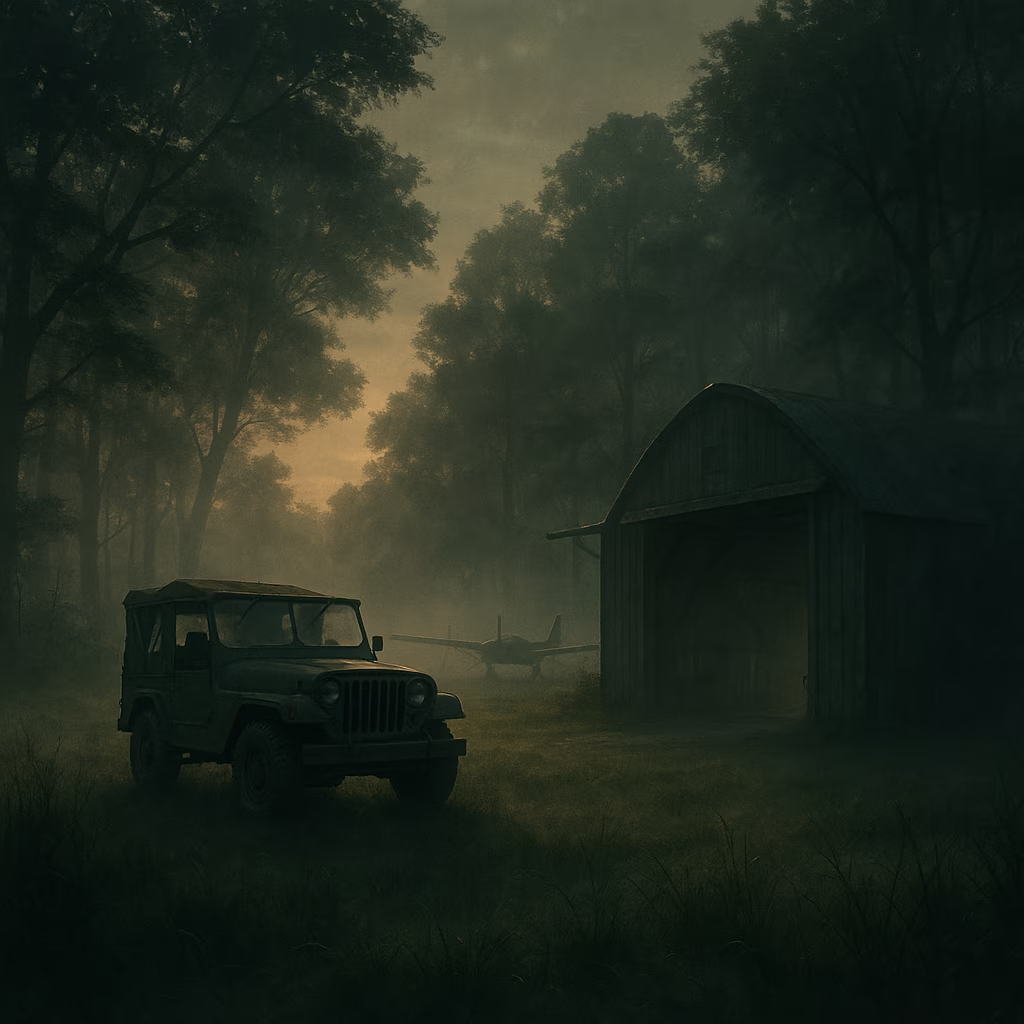Delta Force: A 2025 Guide to the USA's Elite
Discover the elite Delta Force, the pinnacle of US special operations, renowned for its secretive, highly skilled operators and rigorous selection process.
When people talk about the world's most elite special operations units, the conversation inevitably turns to the 1st Special Forces Operational Detachment-Delta, more famously known as Delta Force. These operators are the tip of the spear for the United States Army, a force shrouded in secrecy and mystique. For anyone wanting to understand the pinnacle of the delta forces usa, this guide breaks down what makes this unit legendary. They are the quiet professionals, often referred to simply as 'The Unit,' tasked with missions that are as complex as they are critical to national security.
A Legacy Forged in Response to Terror
Delta Force wasn't born in a vacuum; it was forged in the fire of necessity. Back in the 1970s, a wave of high-profile terrorist incidents made it crystal clear that the U.S. needed a dedicated, full-time counter-terrorism unit. The man for the job was Colonel Charlie Beckwith, a Green Beret veteran who had served as an exchange officer with the British Special Air Service (SAS). He saw that the U.S. Army needed 'doers,' not just teachers, and pushed relentlessly for an SAS-style unit. After years of knocking on doors and overcoming resistance, the Pentagon finally gave him the green light. On November 19, 1977, Delta Force was officially established. Its first major test, the ill-fated Operation Eagle Claw in 1980, highlighted early challenges but ultimately led to the creation of other vital special ops assets, like the 160th SOAR 'Night Stalkers,' ensuring that Delta would have the support it needed to succeed.

Inside 'The Unit': Organization and Structure
So, what does this elite outfit actually look like? Headquartered at Fort Liberty, North Carolina, Delta Force operates under the command of the Joint Special Operations Command (JSOC). While much about them is classified, we know their structure is designed for flexibility and lethality. The unit is estimated to have around 1,000 soldiers, with only about 250-300 of them being the operators who go 'downrange.' The rest provide world-class combat and service support. The core operational structure is built around several squadrons:
-
Assault Squadrons (A, B, C, D): These are the primary direct-action teams, the ones who kick in doors and rescue hostages.
-
Aviation Squadron (E): Provides specialized and discreet air support for operations.
-
Clandestine Squadron (G): Focuses on advanced force operations and deep reconnaissance, often operating far behind enemy lines.
-
Combat Support Squadron: Contains all the specialists you could need, from EOD technicians to intelligence analysts and medics.
This modular structure allows Delta Force to tailor its teams for any mission imaginable, from high-stakes hostage rescues to hunting high-value targets in the most hostile environments on Earth.
The Long Walk: The Grueling Path to Selection
Becoming a Delta operator is a dream for many in the military, but a reality for an incredibly small few. You can't just walk in off the street; selection is open only to those already serving in the U.S. military, typically from the Army Special Forces or the 75th Ranger Regiment. Candidates must meet stringent requirements before they even get a chance to try out. The selection course, held twice a year in the rugged mountains of West Virginia, is the stuff of legend. It's a four-week beatdown designed to test every ounce of a candidate's physical and mental endurance.
The challenges include punishing land navigation courses under heavy loads, but the most infamous event is 'The Long Walk.' This is a 40-mile ruck march over brutal terrain with a 45-pound pack and an unknown time limit. It’s designed to push candidates to their absolute breaking point. Those who physically endure then face a psychological board of veteran operators and psychologists who dissect their every answer and mannerism. It's a brutal process, but it ensures that only the most resilient, intelligent, and unwavering individuals earn the right to move on to the next phase.
Forging the Operator: The OTC
Passing selection is just the beginning. The real work starts with the six-month Operator Training Course (OTC). This is where a candidate is transformed into a full-fledged Delta Force operator. The training is relentless, covering a vast array of skills with an insane level of detail. The course is broken down into several key blocks, including advanced marksmanship with weapons like the HK416, demolition and breaching, and combined skills exercises that simulate real-world missions. They also learn 'tradecraft'—the art of espionage, surveillance, and counter-intelligence—and executive protection for high-risk security details. The course culminates in a massive, complex exercise that tests everything the candidates have learned. Only after successfully completing the OTC are they assigned to an assault squadron, ready for whatever the world throws at them.
A History of High-Stakes Operations
Delta Force’s history is written in the shadows of modern conflict. They were on the ground during Operation Gothic Serpent in Mogadishu, Somalia in 1993, an event immortalized in 'Black Hawk Down.' Two operators, Master Sergeant Gary Gordon and Sergeant First Class Randy Shughart, were posthumously awarded the Medal of Honor for their heroism in defending a crash site. In the wars in Iraq and Afghanistan, Delta was at the forefront, hunting high-value targets and conducting critical missions, including the 2003 capture of Saddam Hussein. More recently, in 2019, Delta Force operators led Operation Kayla Mueller, the daring raid in Syria that resulted in the death of ISIS leader Abu Bakr al-Baghdadi. These missions are just a glimpse into the high-stakes world where the operators of Delta Force live and work, getting the job done when the chips are down, no matter the cost.
Leave a Comment